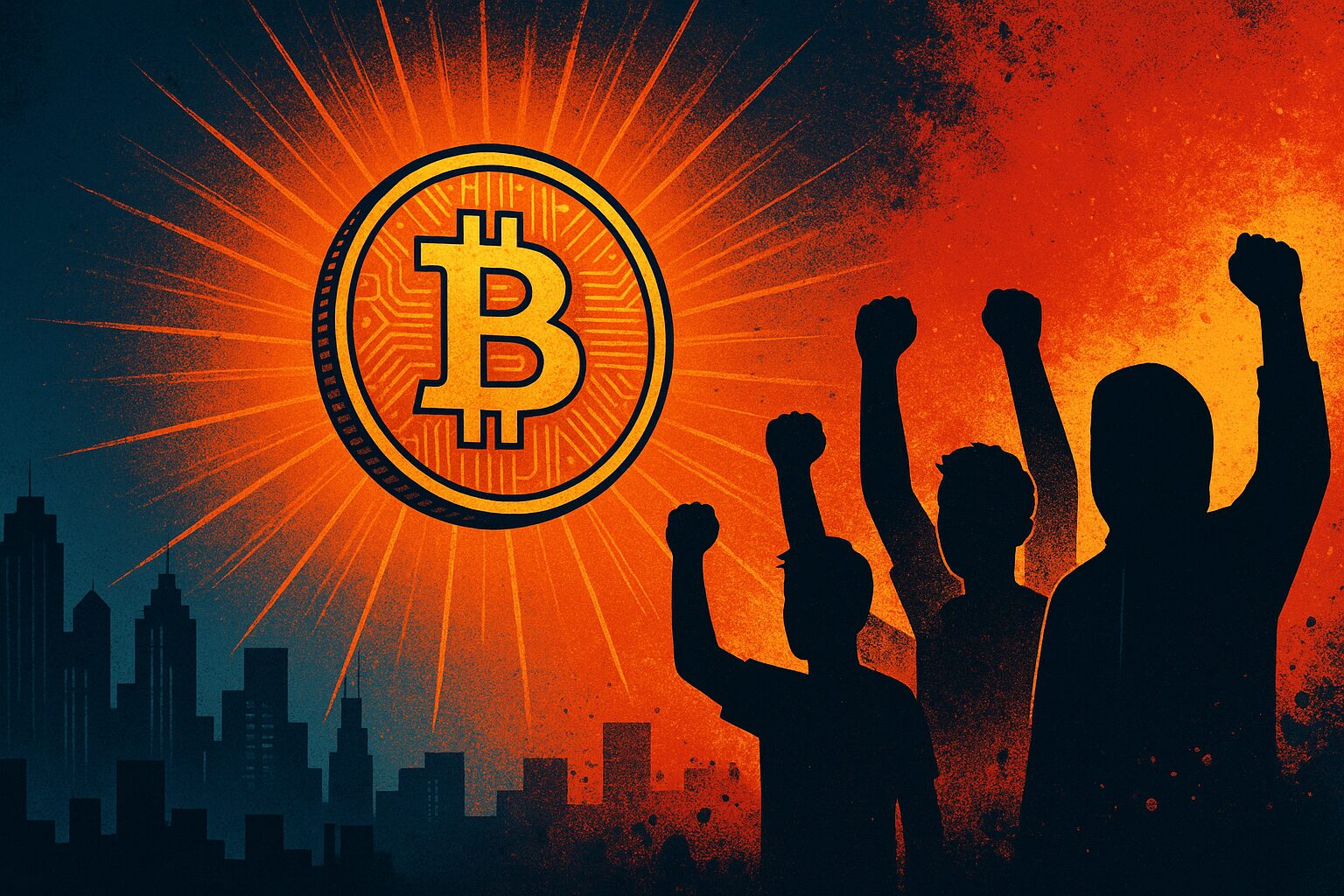Introduction: Capitalism’s Crisis of Trust
Rahab:
“Every day, headlines scream about inflation, inequality, and centralized control. But under the surface, a quiet rebellion is building—one that doesn’t take to the streets, but to the blockchain.”
John:
“Indeed, the dissatisfaction among youth today isn’t just emotional—it’s rational. Wages are stagnant, housing is unattainable, and centralized monetary policy serves the elite. It’s no surprise that Gen Z and Millennials are embracing peer-to-peer financial alternatives like Bitcoin and Ethereum.”
Rachel:
“As once written in a foundational blockchain paper: ‘A purely peer-to-peer version of electronic cash would allow online payments to be sent directly from one party to another without going through a financial institution.’
– Bitcoin White Paper”
The Peer-to-Peer Economy: Defined
Moka:
“The peer-to-peer (P2P) economy removes the middleman. Instead of banks, we have protocols. Instead of monopolies, we have communities. Trust isn’t enforced by authority—it’s encoded into transparent algorithms.”
Rahab:
“And it’s working. DeFi (Decentralized Finance) markets have ballooned from under $1 billion in 2019 to over $100 billion by 2023. NFTs have created entirely new classes of digital ownership. DAOs are challenging how organizations are structured.”
📊 Chart: The Rise of P2P Economy (DeFi TVL, 2019–2024)
Young People and Economic Disillusionment
John:
“Trust in the American financial system has plummeted. According to surveys, over 60% of young adults no longer believe that capitalism works in their favor. The 2008 crisis, pandemic inflation, and student debt have left scars.”
Rachel:
“As detailed in ‘Web3 and DAO’:
‘The current structure of capitalism is facing criticism for its inherent inequalities. Young innovators are no longer seeking to climb within the system but to build new alternatives outside it.
Rahab:
“This is why crypto isn’t just a fad. It’s a form of economic exile. A way to opt out.”
The Threat of Centralized Co-optation
Moka:
“However, the peer-to-peer economy is not immune to threats. Ironically, as its popularity grows, centralized institutions—especially the U.S. government and Wall Street—are attempting to dominate it.”
John:
“Regulation is coming not to protect users, but to preserve control. Projects that become too decentralized are either banned, taxed into oblivion, or absorbed by state-backed competitors like CBDCs (Central Bank Digital Currencies).”
Rachel:
“As stated in a blockchain technology textbook:
‘Decentralization is a design choice that resists single points of failure—including state and corporate capture.
Building a Sovereign Digital Identity
Rahab:
“NFTs are not just overpriced JPEGs. They are proof-of-identity. They are statements. And when tied to music, art, or membership in a DAO, they become citizenship in an alternate economy.”
Moka:
“True digital ownership means owning your money, your reputation, your vote. It’s a new layer of self—far more meaningful than your bank account or a LinkedIn profile.”
Where Do We Go From Here?
John:
“The future of the peer-to-peer economy lies not just in speculation, but in real-world adoption. We need decentralized solutions to finance, healthcare, identity, and governance.”
Rachel:
“DAO-based ecosystems are showing that governance can be more transparent, accountable, and inclusive than traditional institutions. But only if we choose to participate.”
| Attribute | Centralized | Decentralized (P2P) |
|---|---|---|
| Governance | Top-down | Community-led |
| Access | Permissioned | Open |
| Fees | High | Low |
| Transparency | Opaque | Auditable |
Conclusion: This Is Not a Trend. It’s a Transition.
Rahab:
“Crypto is not just a protest. It’s a proposal. Young people are not waiting for capitalism to reform itself. They are building something new—peer by peer, block by block.”
